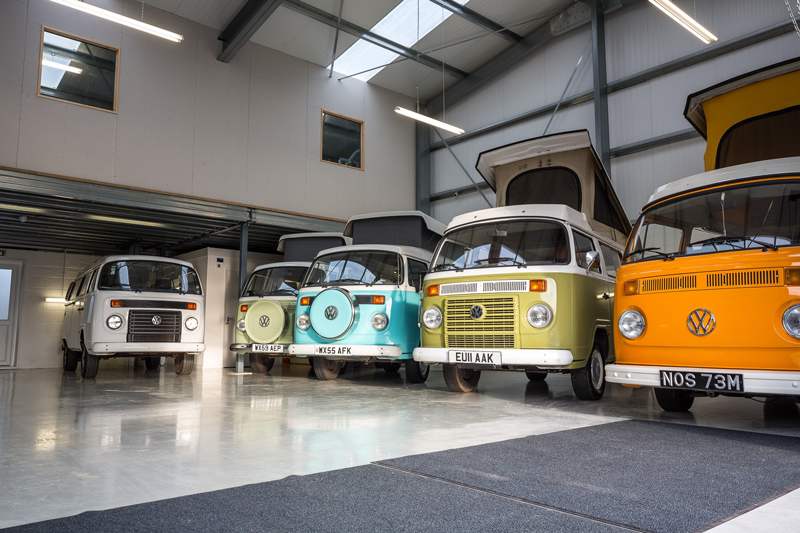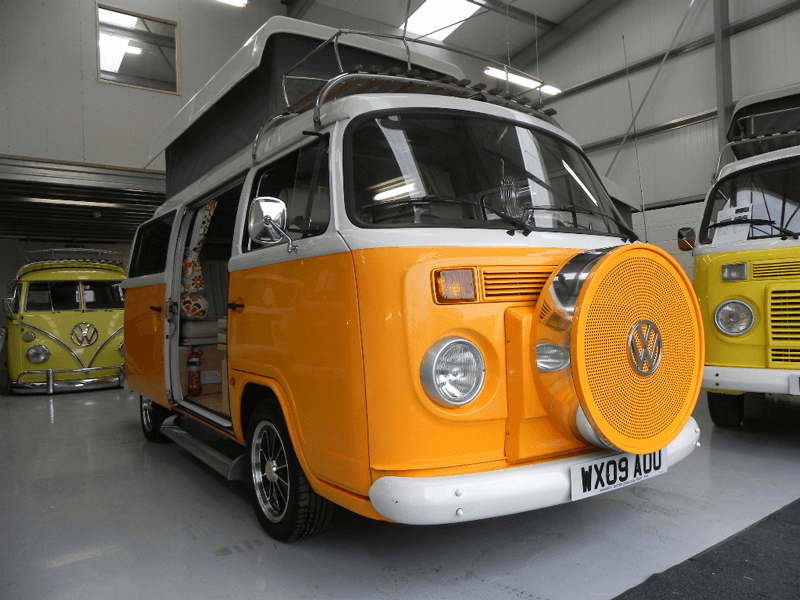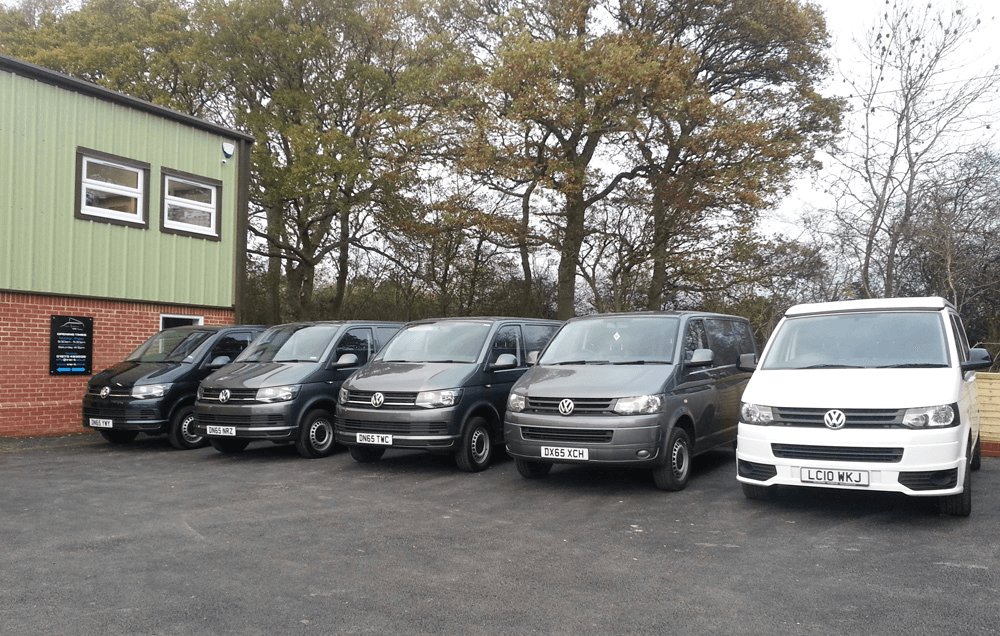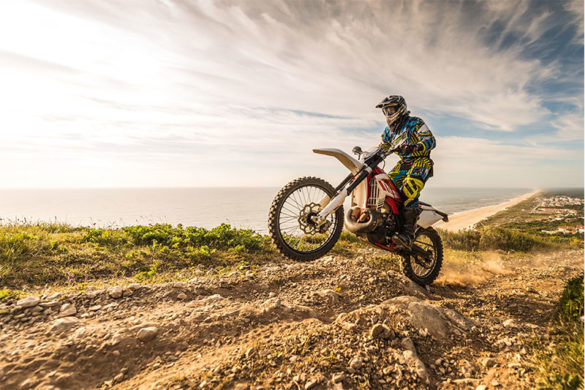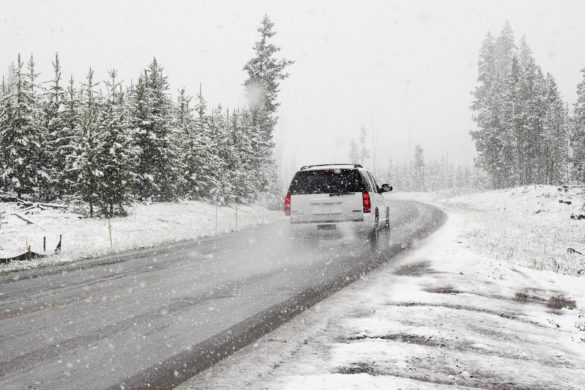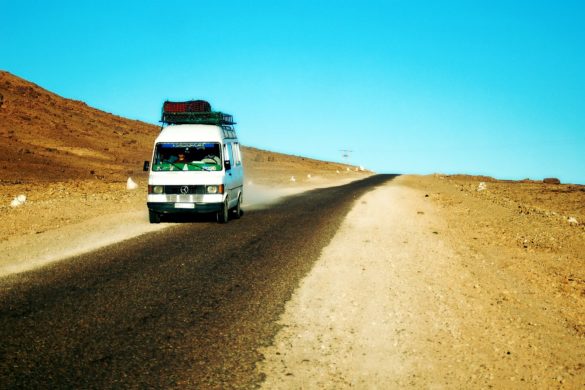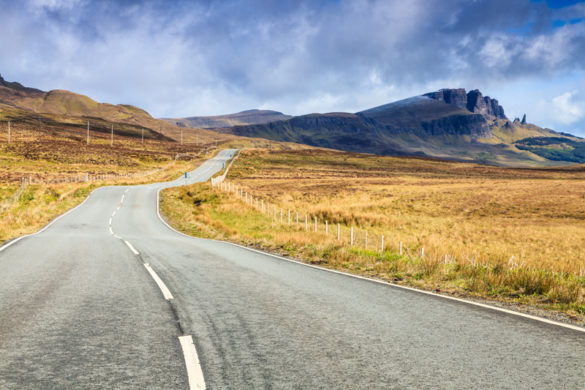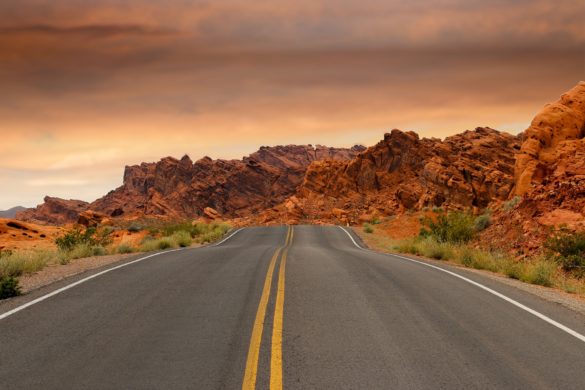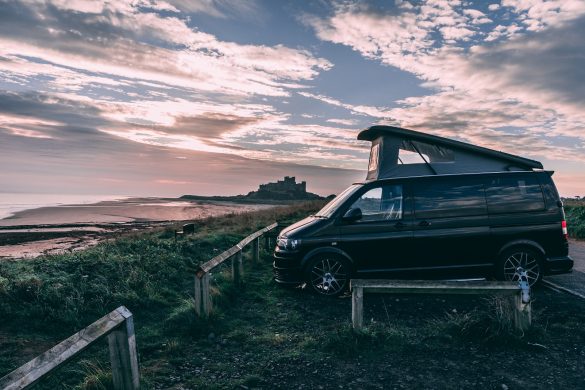Off-Site Camping in Wales – The Basics
For many campervan owners, the appeal of parking up in an off-site lay-by or verge can hold much appeal. There are a lack of published lists as to where the best spots can be found, to avoid overcrowding and/or issues with public ownership. While ‘wild camping’ definitions and laws on littering, wildlife disturbance and rights of way can be found online, the difference with ‘wild camping’ and ‘off site’ is that the latter is used in effect to motorhome vehicles, while the term ‘wild’ is associated more so with the wilderness, away from roads and by ways, with tents and open air shelters and camps.
Legislation
In Scotland there are specific legislations due to the commonly remote locations of many of its Isles’ and lack of camp-site facilities. There are a few differences in Wales, and many camper van enthusiasts that wish to park up on scenic lake-sides or beaches can find many spots to stay a night without fuss.
The entire UK is owned by either the government body, company or an individual and the ‘off site’ definition to camping rules have resulted in a number of grey areas. This mean you are usually able to find a spot to park overnight, keeping a low profile, unhindered. For those with a family group or those wishing for amp site facilities, this may not be suitable for a weekend. Motorhome Parking state: “Where land is a highway maintainable at the public expense (i.e. owned by a local highways authority or the Department for Transport) specific legislation governs its use. A highway normally includes more than just the road itself, encompassing verges, lay-bys etc. The question of whether or not there is a right to camp overnight at the roadside and/or in a lay-by is one which is raised from time to time. Enquiring of the Department for Transport established that there appears to be no national legislation which either specifically permits or prohibits roadside camping. There are, however, a number of restrictions which apply to waiting and parking.” The restrictions almost certainly apply to supermarket and pub car parks, and many local landowners who have felt like camper van owners have overstayed their welcome or have disrespected the land now prohibit camping on their land. While there are restrictions in the Highway Code, roadside camping, due to the law that states drivers must rest when tired, appears to have little legislation to prevent it.
Jim Brown from the Motorhomefun site shares his tips and common sense guidelines on how to camp off site with success and respect for local areas, both practical and environmentally sound.
As previous VW campervan adventurers, the following areas mentioned below are incredible natural beauty spots, and may or may not have a number of limited lay-bys and verges that could be considered as off-site parking spots. The following three locations host some of Wales’ most stunning scenery and can easily be accessed through the comfort and high performance of a well informed and adventurous VW T6 road trip.
Lake Vernwy
This absolutely stunning, man-made reservoir is situated in the southern outskirts of the Snowdonia National Park, hidden in the remote Berwyn Mountains. The area is home to a number of natural waterfalls and is the perfect starting point for those hoping to discover the wonders of Snowdonia – a T6 will make the journey across the Welsh border from Shropshire, Liverpool or Chester in less than two hours. Development of the site began in the 1870’s, and the stunning reservoir looks anything but artificial. With reminiscent nods to Switzerland’s Montreux and the vast Lake Geneva, this Welsh reservoir is surrounded by dense forest plantations, the water mass no provides the entire water source for the English city of Liverpool. The reservoir took over seven years to complete, with the fully operative dam able to hold back enough water to fill 13,500 huge Olympic pools. Its famous, castle-like tower holds a huge filter to clean the water before the water travels via a 68 mile aqueduct to Liverpool.
Aberdyfi
Situated in on the very border of the Western Coast of Snowdonia, the beach town of Aberdyfi is in Cardigan Bay – by far mid-Wales’ most gorgeous coastline.
The area around Aberdyfi has miles of white sand, providing many scenes totally free from people. It is a perfect place to explore the Snowdonia coast from the reliable and emissions conscious, warm VW T6. Cardigan Bay has the UK’s highest population of seals, dolphin, puffin and even minke whales, and a morning swim is almost certainly on the cards for those who love to spend time in the water in the warmer months. While the town of Aberdovey has a number of amenities and a wide selection of holiday lets, the sublime stretch of beach to the south is worth discovering off the beaten track. The beach feels as remote and picture perfect as it gets.
With many years of experience – VW-T and Brazilian Kampers know that the fundamental appeal of camper van purchase is to experience driving and camping adventures that have a high level of freedom and spontaneity. All of their technicians love what they do; and that is at the heart of their success.

